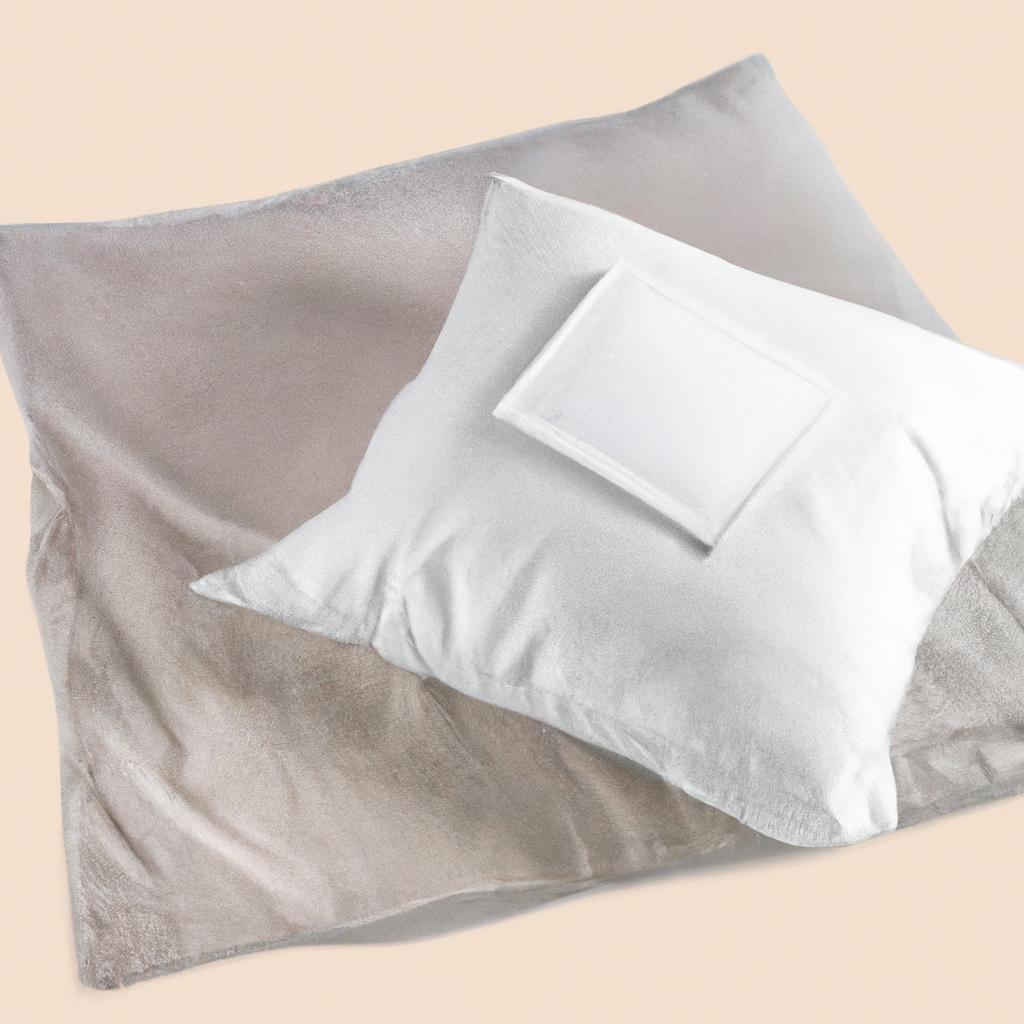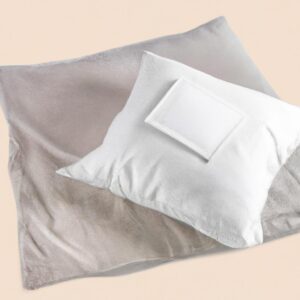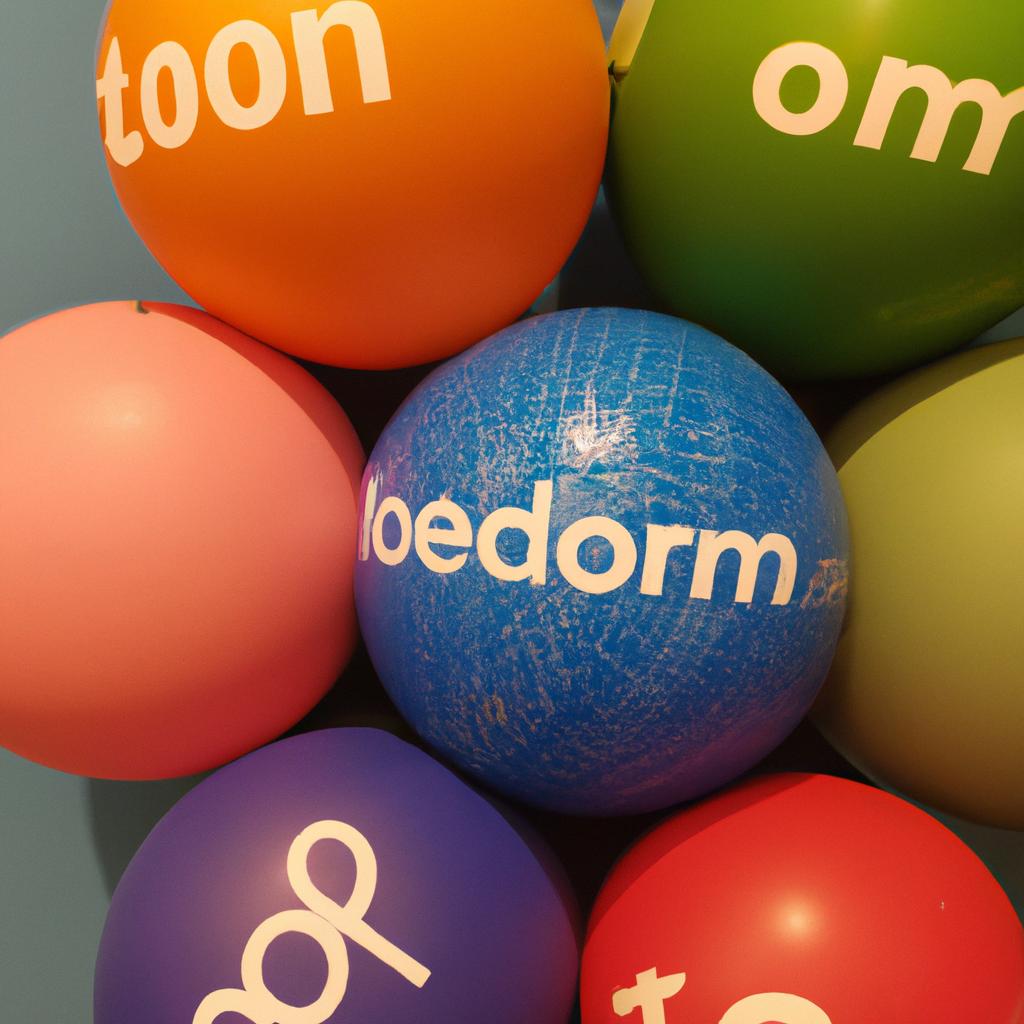Introduction: Why Use White Space in Web Design?
Using white space—often referred to as negative space—in web design helps draw user’s attention to the most important elements on a page. It also helps create visual interest, reduce clutter, and make an interface easier to scan. In short, white space is essential to creating a visually appealing website that users can quickly and easily consume.
But why is white space so important? It’s due to the way humans perceive visuals. We tend to focus on whatever stands out the most to us. For example, a photo or other graphic element will often be the focal point of a page because it’s the most colorful or intricate. But with white space in a design, elements like text, buttons, and headings are framed in a way that stands out and draws attention. This makes it easy for people to scan content and find what they’re looking for.
White space also helps promote clarity and uniformity. It provides natural boundaries between elements that would otherwise compete for a viewer’s attention, allowing them to easily follow the order or hierarchy of the content. This can be beneficial for text-heavy pages too, as white space can break up long paragraphs of information, making them easier to read.
In this guide, we’ll discuss the benefits of using white space in web design, its history over time, and strategies for implementing it effectively. We’ll also cover accessibility considerations and how white space affects the user experience.
History of White Space in Design
The use of whitespace in web design has its roots in print design, where it was used to organize content into sections and give emphasis to certain important elements. As web design was established, these principles were translated to create an easier user experience online. In the early days of web design, designers had to be incredibly mindful of page load time, and therefore whitespace was kept to a minimum. However, as technology advanced, more emphasis was placed on whitespace to provide a better user experience.
The use of whitespace has also evolved over time with the introduction of trends such as flat design. As visual cues have been eliminated, designers are relying more on whitespace to help organize content and clarify relationships between elements. Typography has also become an increasingly popular way of adding whitespace, which is used to make content more readable and engaging.
Living Space
Good web design not only functions well, but also looks good. White space is an essential part of the visual aspect of a design. It allows viewers to concentrate on specific elements, as well as develop an overall aesthetic.
White space, also known as negative space, is the empty area between design elements — columns, page elements, buttons, images, typography, and other objects. By creating pockets of emptiness, users’ eyes can rest and take in the content.
In addition to providing an attractive look, white space can also ensure that a design is harmonious. The proper amount of whitespace will ensure that no element feels cramped or lost, creating a well-balanced design.
- Provides visual resting space
- Creates an overall aesthetic
- Ensures design elements have ample room
- Maintains harmony in the design
Responsive Web Design and White Space
In the modern web landscape, websites must be designed to ensure that they appear correctly on various device sizes. An important factor to consider when designing for different devices is white space, or the area around elements of a page that does not contain text or graphics.
Designers can strategically use white space to create an effective user experience across multiple platforms. This type of design is known as responsive web design. By utilizing white space, designers are able to adjust the size of elements such as text and images to ensure that they are displayed correctly regardless of the device used.
Using white space effectively also improves accessibility for those with disabilities. It allows readers to more easily comprehend the information presented, as it separates the content into blocks. This makes it easier for users with low vision to scan the text and increases readability for those with dyslexia.
White space not only helps designers meet expectations on different devices, but also provides a comfortable visual resting space that draws attention to certain elements of the page. This allows designers to emphasize the most important elements of the design without overwhelming visitors.
White Space Strategies
White space can be used in various ways to create a visually appealing design. Examples of popular white space strategies include asymmetry and contrast.
Asymmetry involves using an unequal distribution of white space. This can give the design character and help to draw the user’s attention to certain elements. Meanwhile, contrast involves placing elements close together or far apart. Placing elements close together helps to emphasize them and draw the eye, while pulling elements far apart creates a sense of balance.
Understanding how to use these strategies is an important part of web design. With careful consideration and use of white space, designers can create aesthetically pleasing designs that make a great impression on users.
Honoring Hierarchy
White space has been used in design for centuries to draw attention to important elements. In web design, it can provide structure and hierarchy, helping readers identify the priorities of your page. For example, white space can be used to separate sections, indicate relationships between elements, and make content more readable.
The placement of white space around elements in a design can create emphasis, direct the visitor’s eye, and create focal points. White space can also help create visual balance, making sure there is not too much or too little on any given page. By providing an open canvas to work within, whitespace creates a clean, organized look that’s easy to follow.
In addition to creating a sense of order, white space can also be used to enhance the accessibility of your website. For example, when you use ample white space around text, it increases the legibility, making it easier for people with limited vision to read your content.
It’s important to remember that white space isn’t just about aesthetics. When used correctly, it can help clarify the structure of your content and emphasize the relationships between your design elements. By using whitespace strategically, you can create a website that’s visually appealing and easy to navigate.
Accessibility Considerations
White space can be an incredibly valuable tool for enhancing accessibility. It simplifies the design, reduces clutter and ensures that users are not overwhelmed by text and visuals. Having clearly defined blocks of text and layout helps to make navigation easier as it helps orient visitors around the page.
White space can also be used to indicate relationships between pieces of content, providing clear visual queues that help guide users through a site. This helps people with cognitive impairments better understand the website’s content and structure. Additionally, white space increases the readability of text, making it easier to scan quickly, which is especially important for those with low vision or other visual impairments.
By utilizing a good amount of whitespace, designers can ensure that their sites can be easily navigated by all types of users. The user experience should always come first, so incorporating white space into web design is an essential part of creating an accessible website.
Understanding User Flow
User flow is an essential part of web design, and white space plays a vital role. User flow refers to the experience that someone has when they interact with a particular website or application. How someone navigates a page will be determined by the amount of white space used. When there is a lack of white space, clutter and confusion can easily occur. The user may find it harder to understand their place within the page or even become frustrated.
To avoid these issues, designers should aim to create an intuitive flow with their design. White space can help create visual organization, make elements standout, and help keep the user focused on the content. For example, when creating site navigation links, adding white space between them can make them clear and easy to spot.
Additionally, white space can also be used to separate content into different sections. This helps the user stay organized and easily find the information they are looking for. Having too little white space between content and text can lead to confusion, and any important information can become lost.
When considering user flow and interface design, whitespace should be taken into account. It is an effective tool that helps keep the user focused on navigating through the page and keeps them from becoming overwhelmed. Designers should always consider how whitespace can improve the user experience of their website.
White space is an essential element of web design – offering the potential to improve user experience and create an aesthetically pleasing page. When used effectively, white space can have a powerful impact by helping to draw attention, emphasize specific elements, or provide a visual resting space. Developers should be conscious of the various strategies available when it comes to using white space, such as asymmetry and contrast, in order to ensure the best user experience. Additionally, thoughts must be placed on the hierarchy of the content before adding white space, so users can easily understand the flow of information. Finally, accessibility should always be taken into consideration while working with white space. When applied strategically, white space can help simplify the interface and create a more enjoyable user experience.
Works Cited
When writing about white space usage in web design, it’s important to point out the sources used in the article. By citing these sources, the reader is able to better understand the argument and trust the information provided. The following sources were used for this guide:
- Edery, Daniel & Allworth, Ethan. “White Space: A Web Designer’s Best Friend”, Smashing Magazine, 2006, https://www.smashingmagazine.com/2006/05/white-space-a-web-designers-best-friend/
- Lamb, Jason. “Web Design Accessibility”, Cloud Four, 2016, https://cloudfour.com/thinks/web-design-accessibility/
- Morelli, Rico. “Supercharge Your Web Design With White Space”, Designmodo, 2018, https://designmodo.com/white-space-web-design/
Resources
In addition to the sources included in the works cited section, there are many more resources available online for those wanting to learn more about how to use white space effectively. These include webinars, tutorials, and blogs from professionals in the web design industry.
Additionally, the Awwwards website has a comprehensive list of carefully curated white space design examples which will serve as great inspiration to all aspiring web designers.
Invite Reader Engagement
White space in web design can be a tricky concept to master. Although this guide has provided an overview of benefits and strategies for optimizing your designs, you may still have some questions. We invite our readers to join the discussion by leaving their comments or questions on our website.
As designers, it’s important to continue to learn from one another so that we can create the best experiences for our users. Let’s come together to unlock the power of white space.
comments: 0




